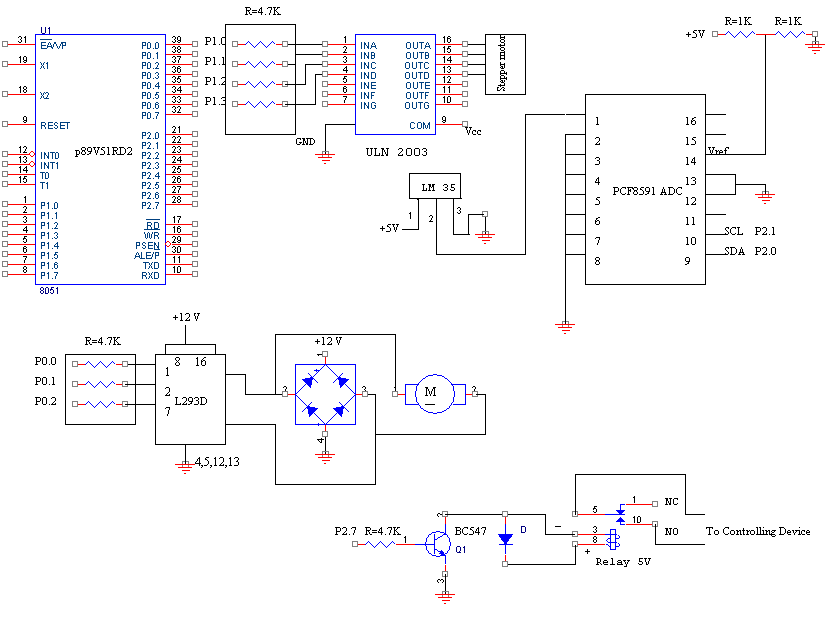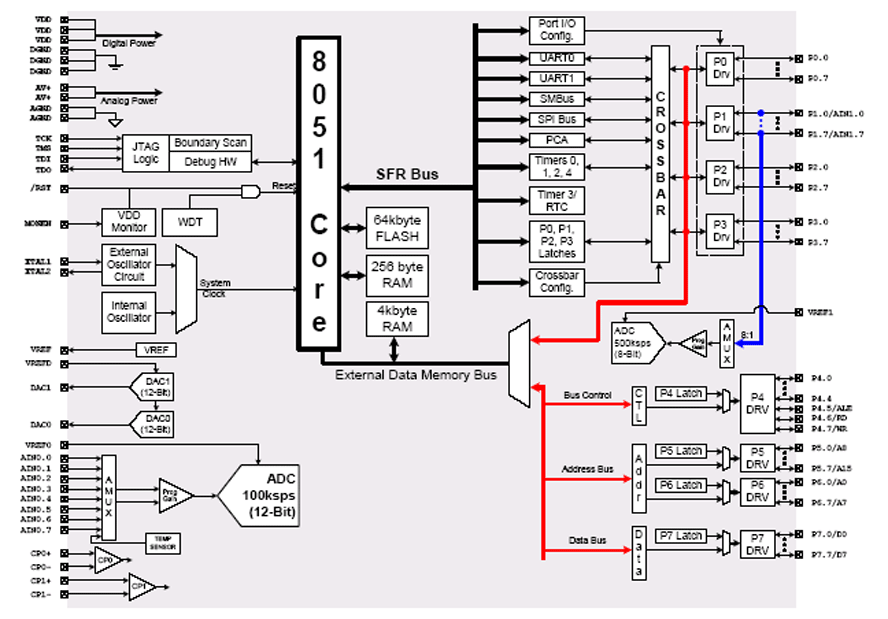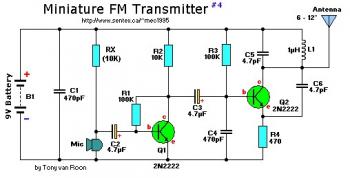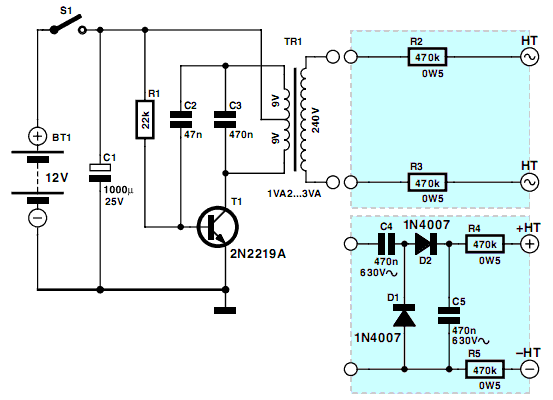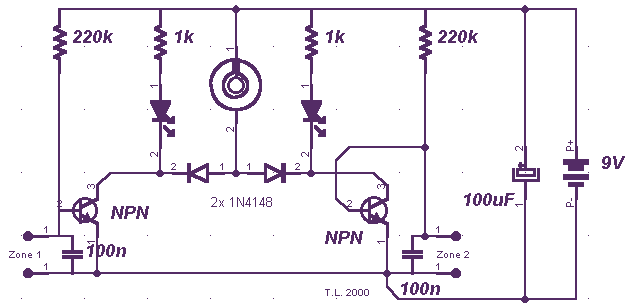
Mini GSM localizer without GPS
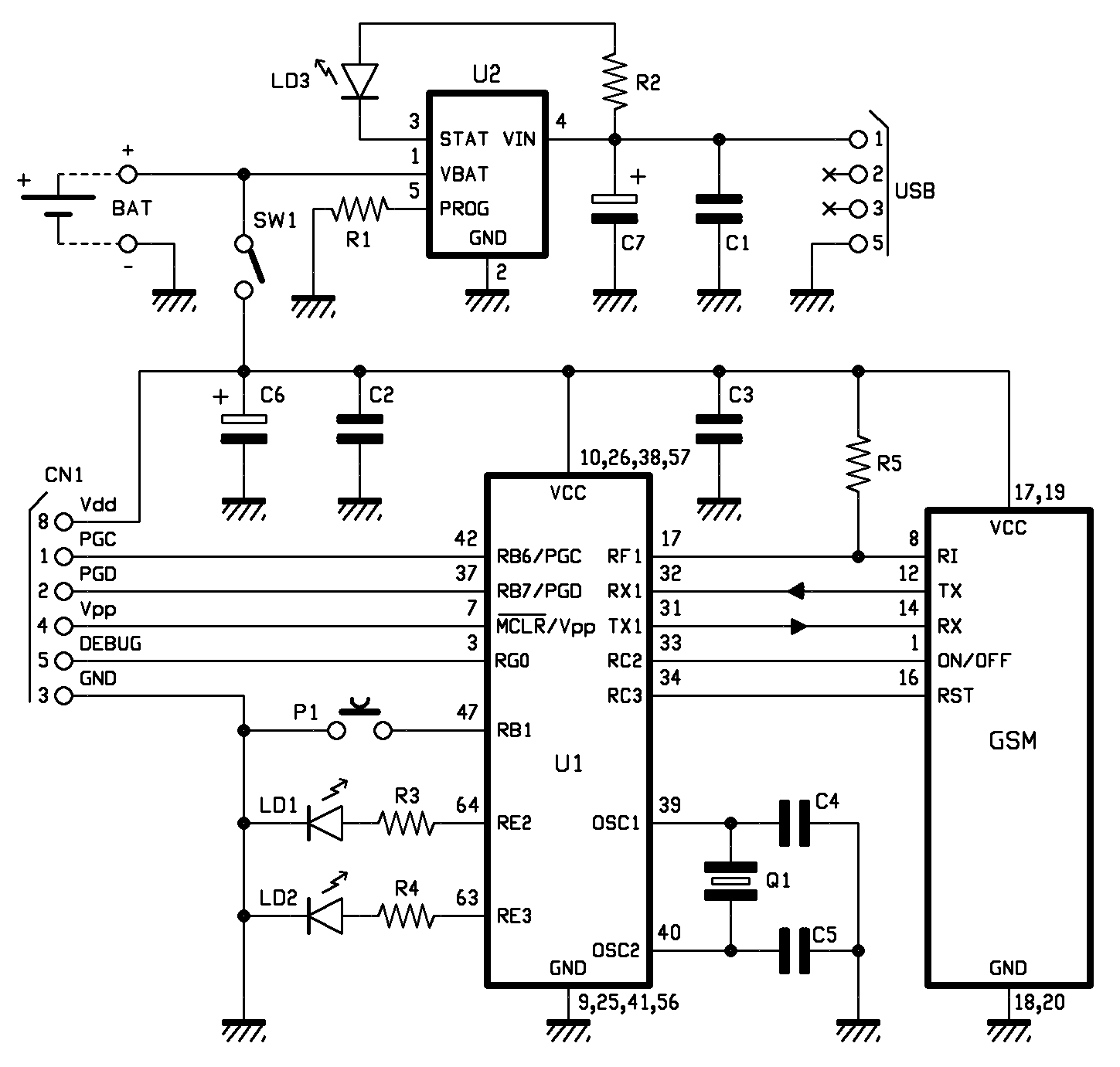
A localizer that does not utilize GPS technology has been developed using the cost-effective SimCom SIM900 module. In previous discussions, the GSM section was presented, and now the complete localization system is introduced. This system allows for object localization without direct reliance on GPS; instead, it leverages database availability in conjunction with the geographic positions of cellular towers.
In certain countries, such as Italy, cell tower coordinates are not publicly accessible. In such cases, data can be sourced from Google Maps, which has amassed vast amounts of information regarding the locations of users' cell phones. The GSM localization process operates through a network of adjacent radio cells, each characterized by an identifier comprising four key data points: a progressive number (Cell ID), a code indicating the area of the cell (LAC, or Local Area Code), a national network code (MCC, or Mobile Country Code), and a company code (MNC, or Mobile Network Code) that identifies the telecommunications provider. Once the cell's name and coordinates are established, and considering the maximum distance a phone can be from a cell before connecting to another, it is possible to approximate the phone's location. For instance, if the maximum distance is one mile, the phone could be located within a one-mile radius. The greater the number of cells in a given area, the more accurately the phone's position can be determined, potentially down to 200-350 feet.
The concept of utilizing only a GSM device for remote localization emerged when it was recognized that Google Maps Mobile, initially designed for GPS-equipped smartphones, could also extend to any mobile phone capable of supporting GPRS or UMTS data. This method provides only a rough estimate of the phone's location; precise positioning relies on coverage data from the respective cell, which is accessible via Google servers. Compared to traditional GPS-based localizers, this device offers numerous advantages, including reduced weight, compact size, lower cost, and enhanced operational autonomy. For example, a lithium-ion battery, such as a 1 Ah unit, can power the tracker for several days, depending on the frequency of SMS communications. A cellular network-based locator can provide immediate responses, while a GPS receiver may take several minutes to establish a location.
This tracker operates on battery power, making it suitable for individuals in need of assistance or tracking, as well as for use in vehicles without installation or as a tracking device for goods in transit. To conserve battery life, the localizer transmits its position via SMS upon request or through a simple phone call. Among its features is an SOS function, which allows the user to send a help message containing their coordinates to up to eight designated phone numbers. When queried or through an auto-report function, it sends an SMS with the current location. To determine the location of the remote device, an SMS request is sent; the cell connects and requests data (via GPRS) from Google's servers, which respond with coordinates and precision figures. This process occurs within seconds. The circuit comprises a GSM/GPRS SIM900 module produced by SIMCom, controlled by a Microchip microcontroller. The system is organized into two PCBs: one dedicated to the SIM900 module and the other housing the microcontroller and charger for the lithium battery. The main board integrates the microcontroller and charger components.A localizer without GPS. We remake the old device with the cheaper SimCom module SIM900. In the previous post we present the GSM section and now we can present the complete localizator. This system allows for localization without directly using GPS technology; we are able to locate the desired object fairlyprecisely by using database availability together with the geographic position of the cells themselves. In some country the cell coordinates are not publicly known (i. e. in Italy). If so, where do we find such data Through Google Maps Google has been able to store billions of data regarding the location of its clients` cell phones. But how does GSM localization work The radio mobile network is made up of a number of adjacent radio cells, each of which is characterized by an identifier consisting of four data: a progressive number ( Cell ID ), a code related to the area in which that given cell is ( LAC, or Local Area Code ), the code of national network to which the cell belongs (MCC, an acronym for Mobile Country Code ), and finally the company code (MNC, or Mobile Network Code ), which obviously identifies the phone company itself.
For this reason, once a cell name and coordinates are known, and considering the maximum distance allowed between this cell and a phone before the phone connects to a new cell, it is possible to find out, approximately, the most distant position of the phone itself. For example, if the maximum distance has been determined to be one mile, the cell phone can be within a one-mile radius.
It can be deduced that the more cells are found in a given area, the more precisely one can determine where the phone is located (up to 200-350 feet). The idea of employing only a GSM device to build a remote localization system occurred to us when we realized that Google Maps Mobile, which had been conceived to allow smartphones equipped with a GPS receiver to use Google for satellite navigation, was extended to all cell phones, as long as they were able to support GPRS or UMTS data.
Naturally, this method allows but for a rough estimate: determining the precise position of the cell phone hinges on data regarding the coverage of a given cell which can only be provided by the Google server. Compared totraditionallocalizers basedonGPS, this device presents many advantages, primarilybecauseit islighter and lessbulky, has acost lesserand greater autonomytoexercise.
This meansthataboutone battery lithium ion, suchas1 Ah, ourtrackercanbe in operationforseveral days(it all dependson the number of SMS thathave to do). Alocatorbasedoncellular networkmay answare moreimmediately:theGPS receivermay takeseveralminutestodetermineits position.
Our tracker works battery and thus can be brought on by people who may have the need to ask help or be tracked, but also placed on board motor vehicles (without installation) or simply introduced in goods in transit. To avoid unnecessarily draining the battery, the localizator provides its position via SMS, on requesto with a simple phone call.
Among the functions implemented there is the SOS: By pressing the button the localizator sends a text message asking for help, containing the coordinates of position, the sending can be done to a maximum of eight thelephone numbers. When queried or with the autoreport function, sends an SMS with the localization. To know the location of remote device must send an SMS request cell is connected and sends a request (via GPRS) to Google`s site, the latter responds with the coordinates and the figure for the precision.
Everything happens in seconds. The circuit consists of a module GSM / GPRS SIM900 produced by SIMCom controlled by a microcontroller Microchip. The set is divided into two PCB, one containing the SIM900 and the other the micro and charger for the lithium battery.
The motherboard mounts the micro and charger, the microcontroller is a PI 🔗 External reference
In certain countries, such as Italy, cell tower coordinates are not publicly accessible. In such cases, data can be sourced from Google Maps, which has amassed vast amounts of information regarding the locations of users' cell phones. The GSM localization process operates through a network of adjacent radio cells, each characterized by an identifier comprising four key data points: a progressive number (Cell ID), a code indicating the area of the cell (LAC, or Local Area Code), a national network code (MCC, or Mobile Country Code), and a company code (MNC, or Mobile Network Code) that identifies the telecommunications provider. Once the cell's name and coordinates are established, and considering the maximum distance a phone can be from a cell before connecting to another, it is possible to approximate the phone's location. For instance, if the maximum distance is one mile, the phone could be located within a one-mile radius. The greater the number of cells in a given area, the more accurately the phone's position can be determined, potentially down to 200-350 feet.
The concept of utilizing only a GSM device for remote localization emerged when it was recognized that Google Maps Mobile, initially designed for GPS-equipped smartphones, could also extend to any mobile phone capable of supporting GPRS or UMTS data. This method provides only a rough estimate of the phone's location; precise positioning relies on coverage data from the respective cell, which is accessible via Google servers. Compared to traditional GPS-based localizers, this device offers numerous advantages, including reduced weight, compact size, lower cost, and enhanced operational autonomy. For example, a lithium-ion battery, such as a 1 Ah unit, can power the tracker for several days, depending on the frequency of SMS communications. A cellular network-based locator can provide immediate responses, while a GPS receiver may take several minutes to establish a location.
This tracker operates on battery power, making it suitable for individuals in need of assistance or tracking, as well as for use in vehicles without installation or as a tracking device for goods in transit. To conserve battery life, the localizer transmits its position via SMS upon request or through a simple phone call. Among its features is an SOS function, which allows the user to send a help message containing their coordinates to up to eight designated phone numbers. When queried or through an auto-report function, it sends an SMS with the current location. To determine the location of the remote device, an SMS request is sent; the cell connects and requests data (via GPRS) from Google's servers, which respond with coordinates and precision figures. This process occurs within seconds. The circuit comprises a GSM/GPRS SIM900 module produced by SIMCom, controlled by a Microchip microcontroller. The system is organized into two PCBs: one dedicated to the SIM900 module and the other housing the microcontroller and charger for the lithium battery. The main board integrates the microcontroller and charger components.A localizer without GPS. We remake the old device with the cheaper SimCom module SIM900. In the previous post we present the GSM section and now we can present the complete localizator. This system allows for localization without directly using GPS technology; we are able to locate the desired object fairlyprecisely by using database availability together with the geographic position of the cells themselves. In some country the cell coordinates are not publicly known (i. e. in Italy). If so, where do we find such data Through Google Maps Google has been able to store billions of data regarding the location of its clients` cell phones. But how does GSM localization work The radio mobile network is made up of a number of adjacent radio cells, each of which is characterized by an identifier consisting of four data: a progressive number ( Cell ID ), a code related to the area in which that given cell is ( LAC, or Local Area Code ), the code of national network to which the cell belongs (MCC, an acronym for Mobile Country Code ), and finally the company code (MNC, or Mobile Network Code ), which obviously identifies the phone company itself.
For this reason, once a cell name and coordinates are known, and considering the maximum distance allowed between this cell and a phone before the phone connects to a new cell, it is possible to find out, approximately, the most distant position of the phone itself. For example, if the maximum distance has been determined to be one mile, the cell phone can be within a one-mile radius.
It can be deduced that the more cells are found in a given area, the more precisely one can determine where the phone is located (up to 200-350 feet). The idea of employing only a GSM device to build a remote localization system occurred to us when we realized that Google Maps Mobile, which had been conceived to allow smartphones equipped with a GPS receiver to use Google for satellite navigation, was extended to all cell phones, as long as they were able to support GPRS or UMTS data.
Naturally, this method allows but for a rough estimate: determining the precise position of the cell phone hinges on data regarding the coverage of a given cell which can only be provided by the Google server. Compared totraditionallocalizers basedonGPS, this device presents many advantages, primarilybecauseit islighter and lessbulky, has acost lesserand greater autonomytoexercise.
This meansthataboutone battery lithium ion, suchas1 Ah, ourtrackercanbe in operationforseveral days(it all dependson the number of SMS thathave to do). Alocatorbasedoncellular networkmay answare moreimmediately:theGPS receivermay takeseveralminutestodetermineits position.
Our tracker works battery and thus can be brought on by people who may have the need to ask help or be tracked, but also placed on board motor vehicles (without installation) or simply introduced in goods in transit. To avoid unnecessarily draining the battery, the localizator provides its position via SMS, on requesto with a simple phone call.
Among the functions implemented there is the SOS: By pressing the button the localizator sends a text message asking for help, containing the coordinates of position, the sending can be done to a maximum of eight thelephone numbers. When queried or with the autoreport function, sends an SMS with the localization. To know the location of remote device must send an SMS request cell is connected and sends a request (via GPRS) to Google`s site, the latter responds with the coordinates and the figure for the precision.
Everything happens in seconds. The circuit consists of a module GSM / GPRS SIM900 produced by SIMCom controlled by a microcontroller Microchip. The set is divided into two PCB, one containing the SIM900 and the other the micro and charger for the lithium battery.
The motherboard mounts the micro and charger, the microcontroller is a PI 🔗 External reference
